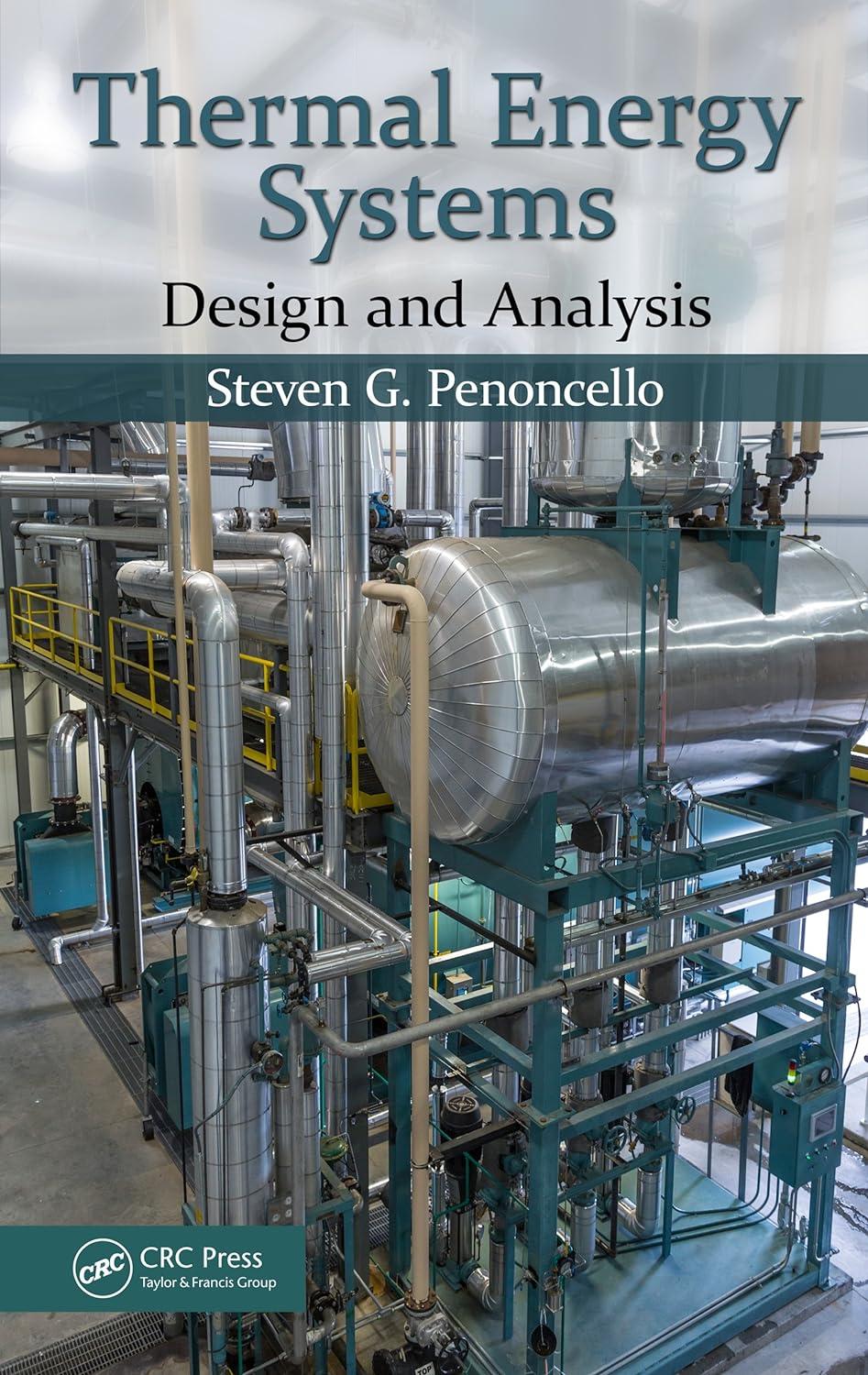3.9 A two-stage compressor is being used to transport methane as shown in Figure P3.9. The methane...
Question:
3.9 A two-stage compressor is being used to transport methane as shown in Figure P3.9. The methane enters the first compressor stage at 1 bar, 25°C, a flow rate of 0.4 kg/s, and is compressed to 5 bar. The methane then passes through an intercooler and is cooled back to 25°C with no appreciable drop in pressure, after which, it is compressed in the second stage to 12 bar. The isentropic efficiency of both compression stages is 79%. The intercooler is a counterflow heat exchanger, where the methane is being cooled by water. The water enters the intercooler at 20°C and exits at 80°C.
Determine the following:
a. Mass flow rate of the cooling water in the intercooler (kg/s).
b. Total power draw of both compressors (kW).
c. Investigate the effect of the intermediate pressure P2 by constructing a plot that shows the total power draw as a function of P2 for the range 2 bar ≤ P2 ≤ 6 bar.
d. One reason for multistage compression with intercooling is to reduce the total power requirement in an overall compression process. Verify that this idea is correct by calculating the power draw for a single compressor used to compress 0.4 kg/s of methane from 1 to 12 bar with an isentropic efficiency of 79%.
Step by Step Answer:

Thermal Energy Systems Design And Analysis
ISBN: 9781482245998
1st Edition
Authors: Steven G. Penoncello





